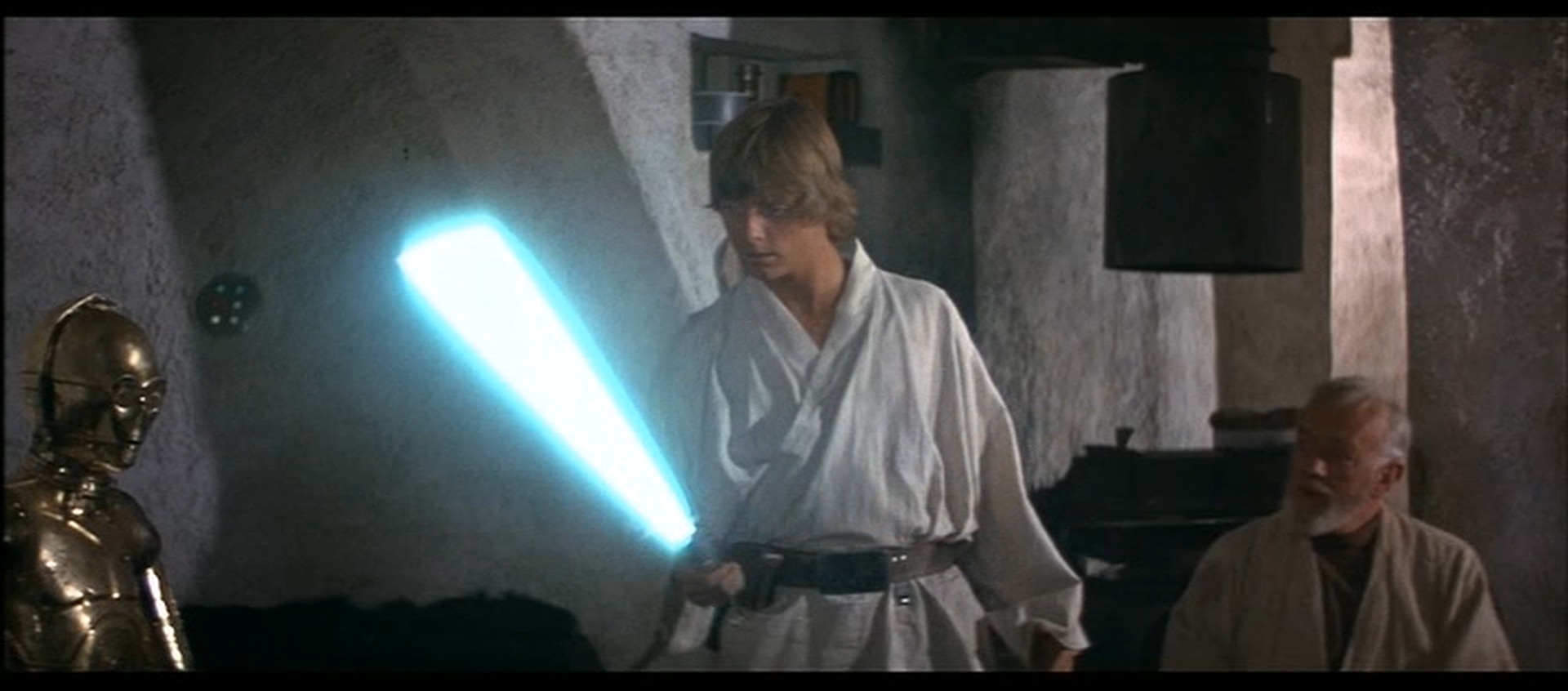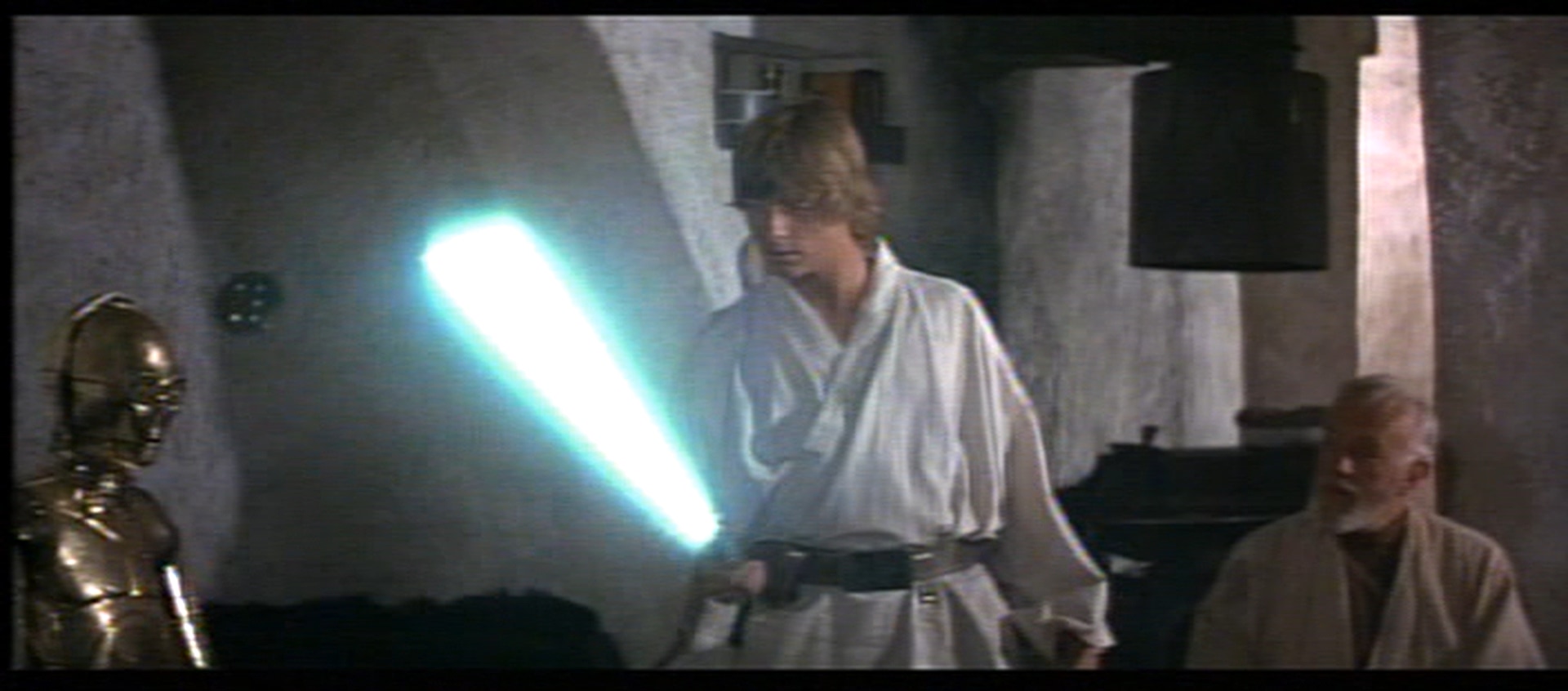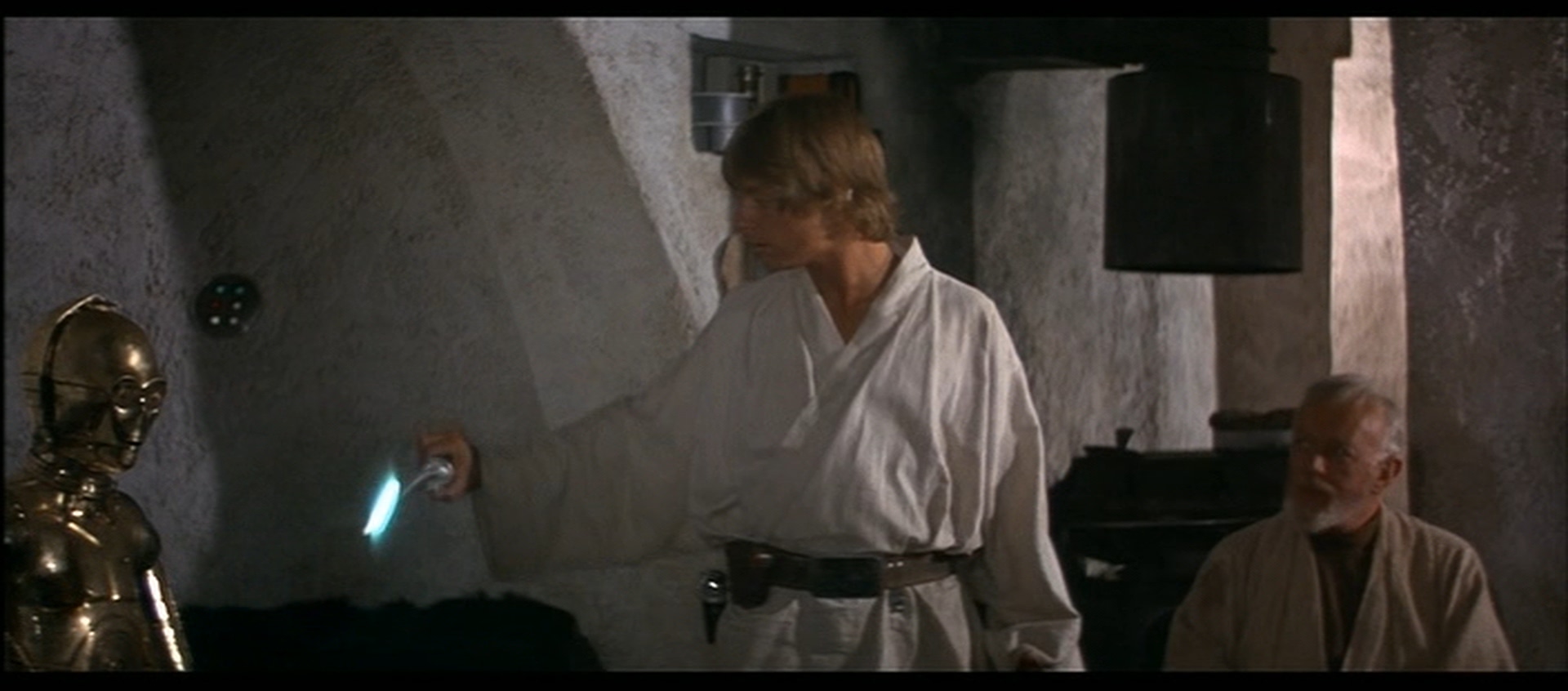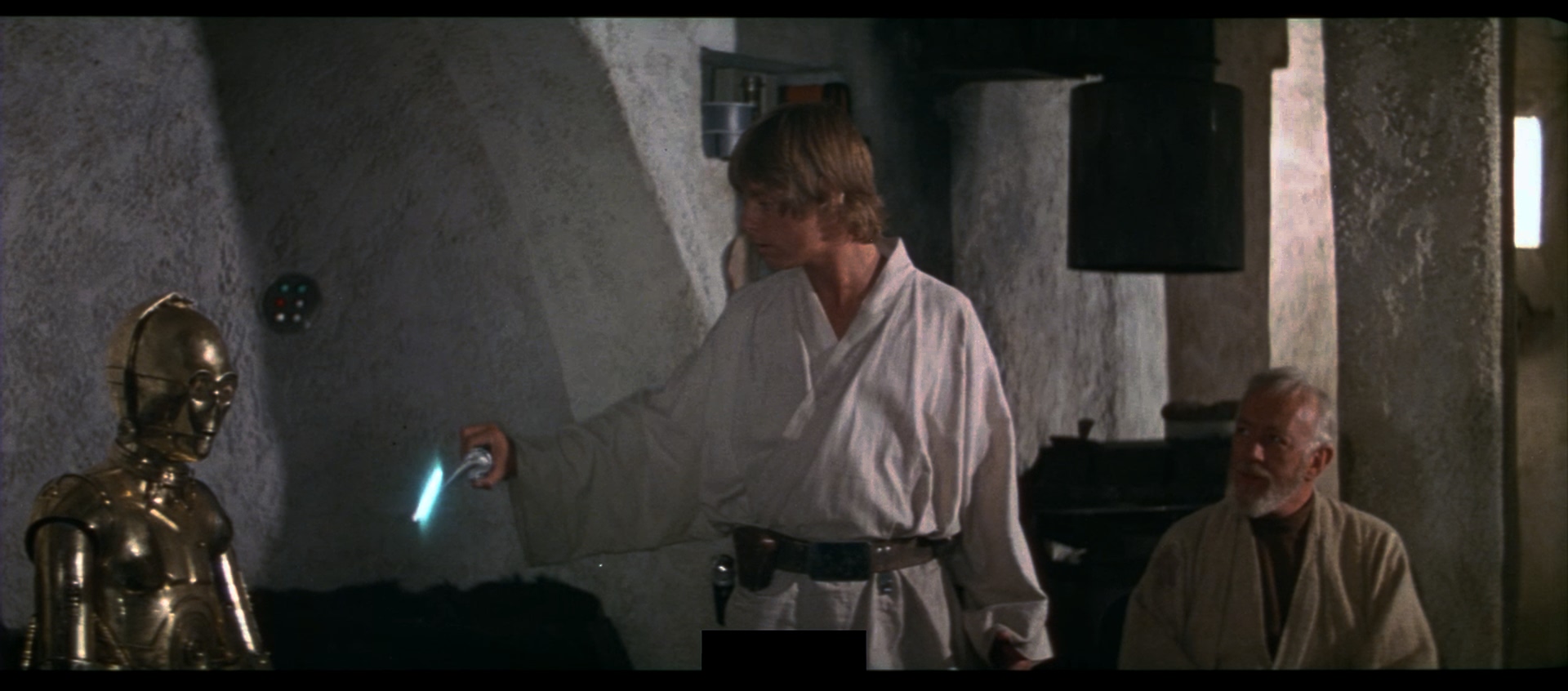poita said:
An IB Tech print cannot block 100% of the projector light at normal projection light levels, there are no true blacks in a cinema, so if you feel that adjusting black levels to be lower than the black levels in a cinema, then pretty much all restorations I’ve seen so far would be revisionist under that definition.
Good masking in the cinema compensates for this. The experience I have in my favourite cinemas is a world away from what I get at the “everyday cinemas”. It’s difficult to classify them, as some of the cinemas that have no screen masking and letterbox their projections are chains, and some are independent. In any case though, when the cinema is properly darkened with proper screen masking the black level being a dark grey is no longer an issue. I’m sure you agree, but I want to point that out to others here.
When it comes to colour, unless you are sitting in a cinema with the print, and doing your colour adjustments based on that, and revisiting them again by watching the print etc. then the grade is going to be revisionist, from a certain point of view.
And it really depends on the movie too. Some films are consistent with their black level and colour timing throughout, and others aren’t, and others are 95% consistent and there may be just one or two shots that are noticeably different. That’s my experience anyway.
And not only that, but some films look GREAT on 35mm, and others looked shocking. To give an example, I recently saw Batman 1989, and, The Untouchables 1987. I was absolutely stoked to see both. Batman was amazing - it looked great, and if memory serves me right what I was saying about consistency it may have had just 1 or 2 shots that looked a little off in colour timing/contrast levels. The Untouchables looked like utter shit, flickering throughout the entire movie. Yellow skin-tones. It was horrible, I never in my life want to see the film look like that again - it well deserves a better presentation than the 35mm theatrical prints afforded it. And yes, flicker is present in most films - but sometimes there’s none at all, and usually there isn’t a lot of it, and usually it’s not very obtrusive. (edit to add) and in case anyone is wondering this was in cinema with proper masking, and both films I saw in the same cinema.
Trying to get to the original theatrical presentation colours is a very tricky exercise.
I think that’s in vein. It’s not what people want, they want the film to look and feel the same, but they certainly don’t want flicker and other inconsistencies inherent in the original prints. And they certainly don’t want to see what The Untouchables prints looked like transferred to digital - you would definitely need to de-flicker the film and then do some modest colour timing to makes the presentation more palatable. It only makes sense to talk about 100% theatrical accuracy when the film’s theatrical presentation itself was 100%. Which is often the case actually, but just as often there are issues like colour timing, inconsistent black levels, flicker, and with IB prints as they are dye-transferred channel misalignment.








